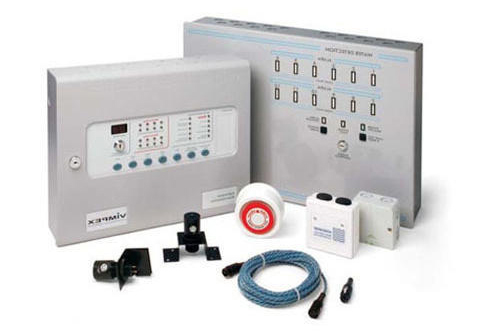Our Services

A fire detection system is a network of devices that detect fire and alert people and emergency services. The goal is to reduce the risk of fire spreading and to minimize exposure to people.

A public address system is an electronic system comprising microphones, amplifiers, loudspeakers, and related equipment. It increases the apparent volume of a human voice, musical instrument.

Automatic Gas Flooding System uses carbon dioxide to extinguish the fire by creating an atmosphere that is incapable of supporting combustion by eliminating the presence of oxygen or other combustion agent.

➤ Eliminate lock & key
➤ Allows only authorized access
➤ Provide 24/7 Security
➤ Key systems are not secure
➤ Employees feel safe
➤ High cost for keys, locks, guards, etc. Risk of internal theft and fraud
➤ Tracking of entry & exit
➤ Attendance & pay roll management

Closed-circuit television (CCTV), also known as video surveillance, is the use of closed-circuit television cameras to transmit a signal to a specific place, on a limited set of monitors.

Fire requires fuel, heat and oxygen to burn. Fire extinguishers apply an agent that will cool burning heat, smother fuel or remove oxygen so the fire cannot continue to burn. A portable fire extinguisher can quickly control a small fire if applied by an individual properly trained.

A fire intrusion alarm system is a security system that detects fire and intruders and alerts occupants to the presence of a problem. These systems can also detect other issues, such as water, gas, power outages, and panic events. A system whose aim is to monitor and detect unauthorized access to a building.

A water leak detection system for your home looks for sudden, unexpected increases in moisture levels. These systems identify when and where a leak occurs to help you quickly make repairs and avoid a costly water bill. Some systems monitor for leaks, while others work as fail-safes to prevent water damage.
